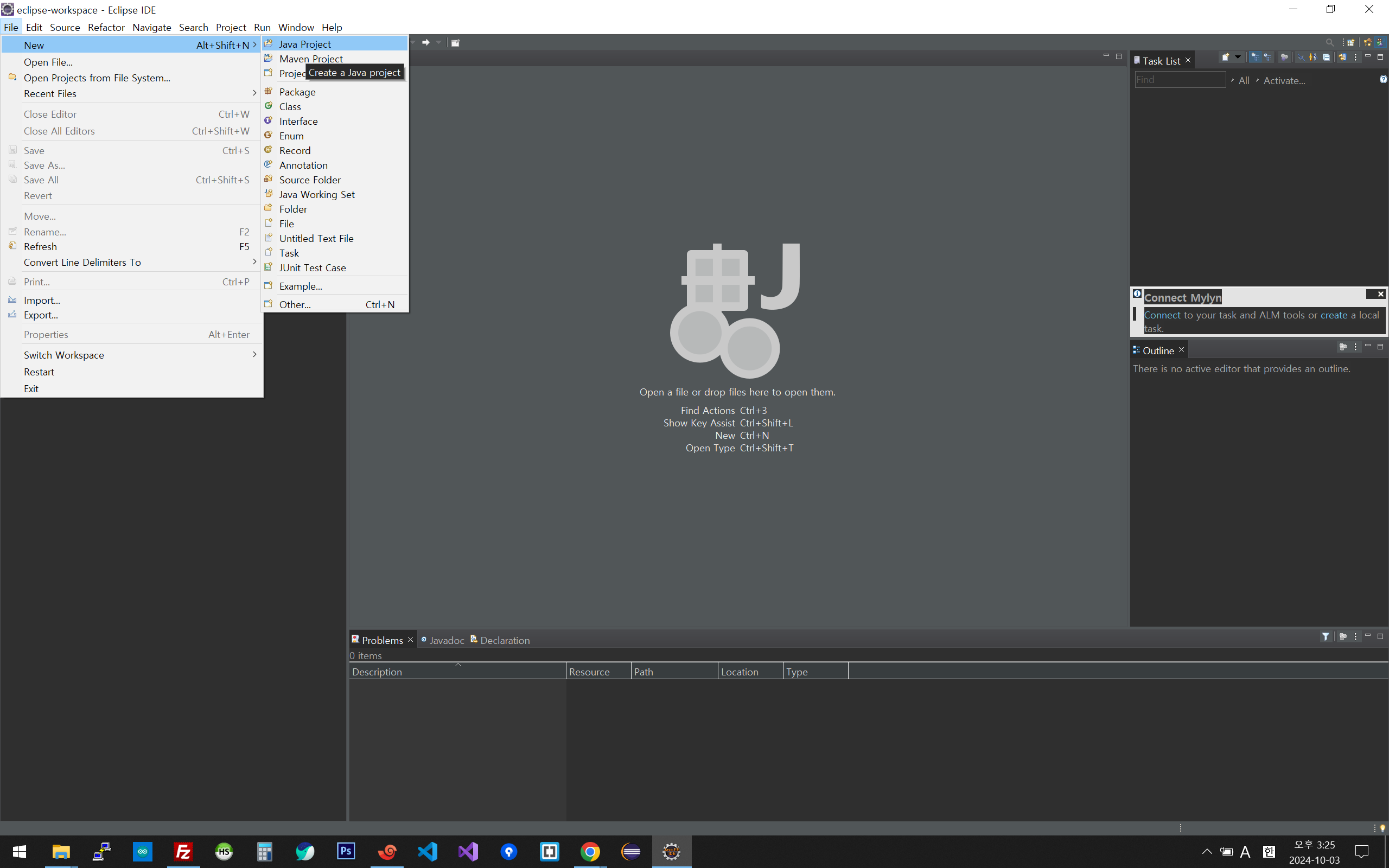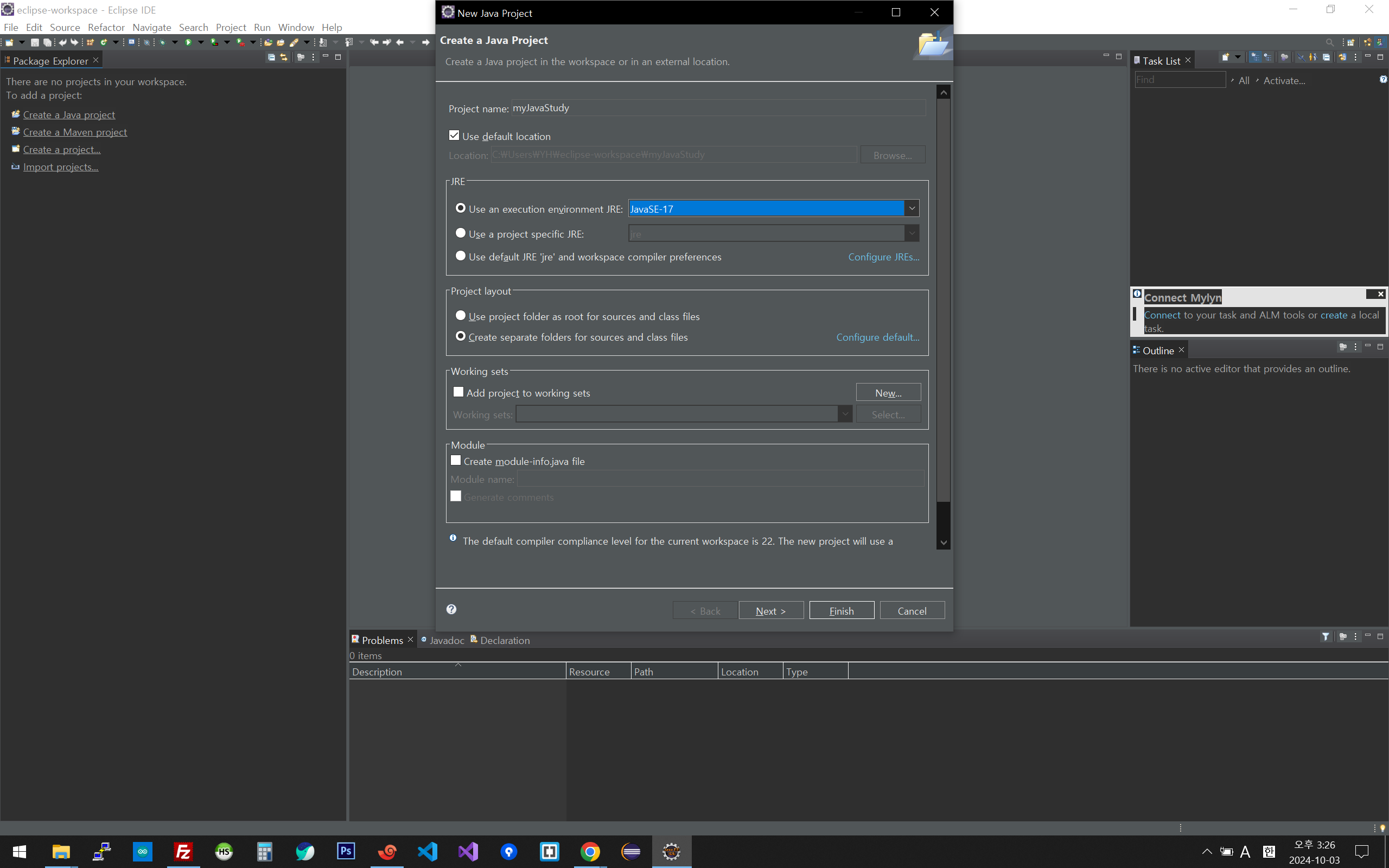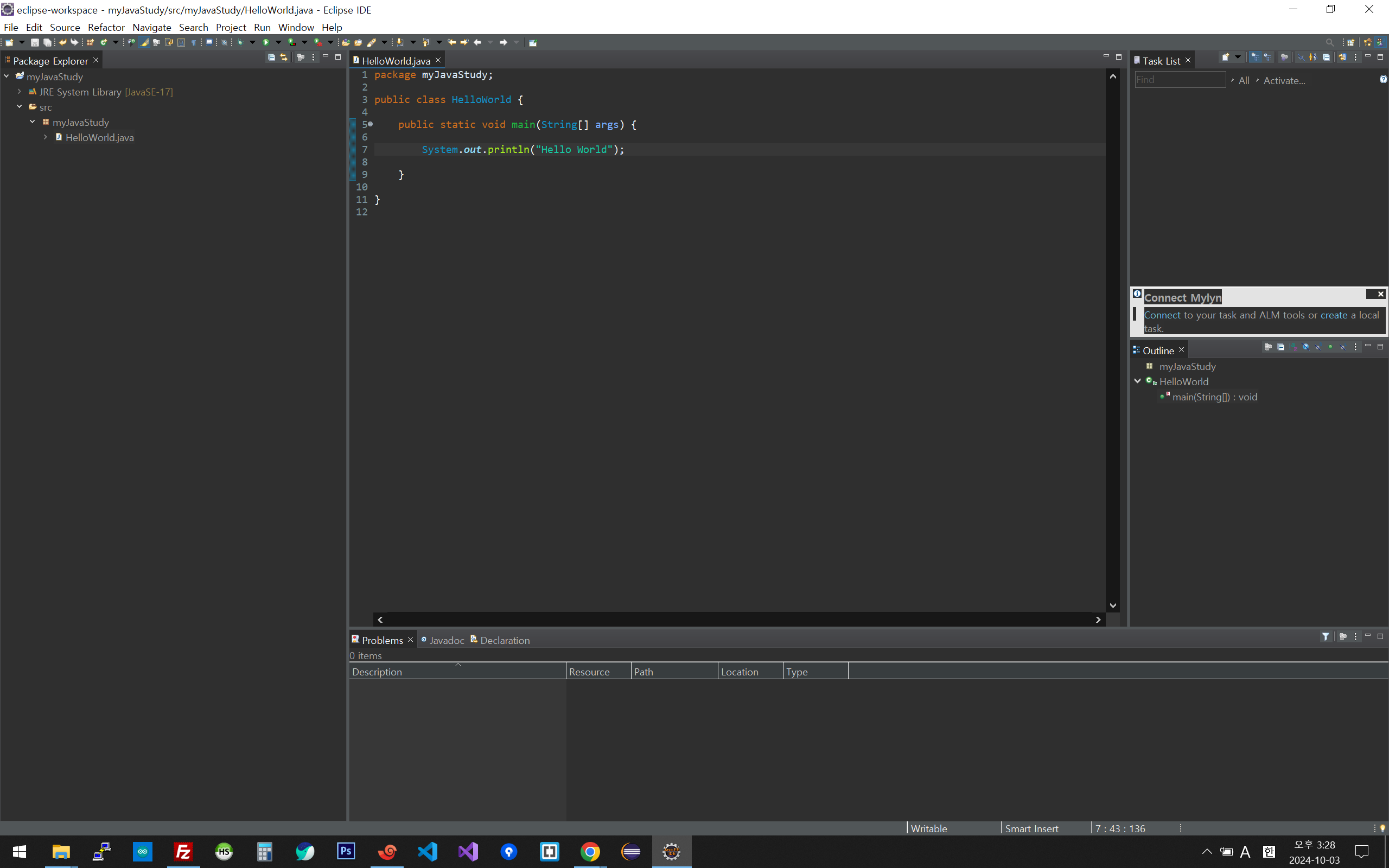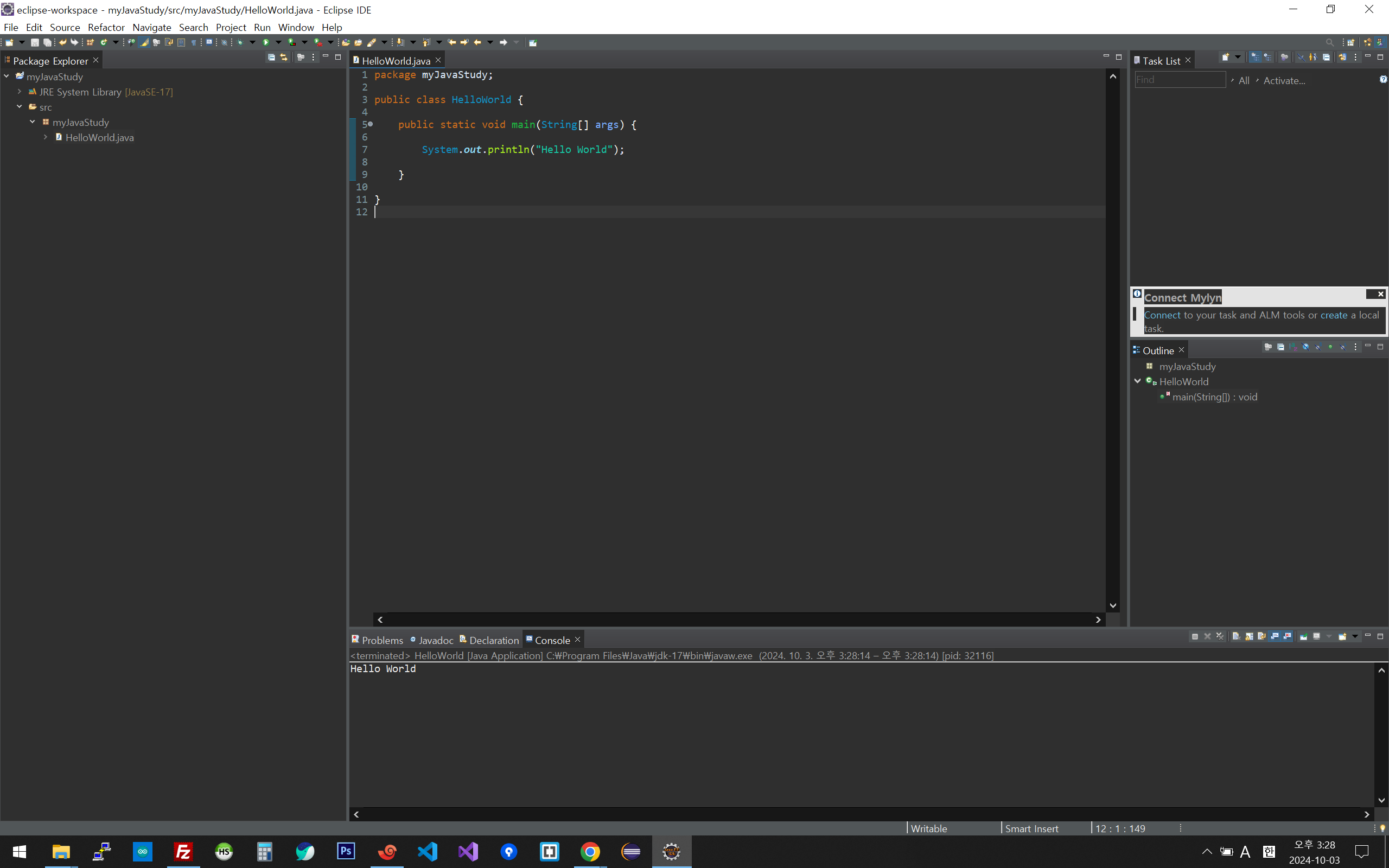loop
배열의 데이터를 꺼낼 때 for, for of, foreach 예제
1차원 배열
for문
let arr = ["가","나","다","라"];
for(let i=0;i<arr.length;i++){
console.log(arr[i]);
}
for of문
let arr = ["가","나","다","라"];
for(let el of arr){
console.log(el);
}
forEach 메서드
let arr = ["가","나","다","라"];
arr.forEach(function(el, idx){
console.log("arr[" + idx "] = " + el);
})
결과
가
나
다
라2차원 배열
for문
let arr = [
["서울시청","https://www.seoul.go.kr/"],
["경기도청","https://www.gg.go.kr/"],
["제주도청","https://www.jeju.go.kr/"],
["강원도청","https://state.gwd.go.kr/"]
];
for(let i=0;i<arr.length;i++){
console.log("기관명 : " + arr[i][0]);
console.log("누리집 : " + arr[i][1]);
}
for of문
let arr = [
["서울시청","https://www.seoul.go.kr/"],
["경기도청","https://www.gg.go.kr/"],
["제주도청","https://www.jeju.go.kr/"],
["강원도청","https://state.gwd.go.kr/"]
];
for(let el of arr){
console.log("기관명 : " + arr[0]);
console.log("누리집 : " + arr[1]);
}
forEach 메서드
let arr = [
["서울시청","https://www.seoul.go.kr/"],
["경기도청","https://www.gg.go.kr/"],
["제주도청","https://www.jeju.go.kr/"],
["강원도청","https://state.gwd.go.kr/"]
];
arr.forEach(function(el, idx){
console.log("기관명 : " + el[0]);
console.log("누리집 : " + el[1]);
})
출력결과
기관명 : 서울시청
누리집 : https://www.seoul.go.kr/
기관명 : 경기도청
누리집 : https://www.gg.go.kr/
기관명 : 제주도청
누리집 : https://www.jeju.go.kr/
기관명 : 강원도청
누리집 : https://state.gwd.go.kr/객체 배열 (Object Array)
for문
let arr = [
{
orgname:"서울시청",
url:"https://www.seoul.go.kr/",
latitude:"37.56677014701592",
longitude:"126.97867491234639"
},
{
orgname:"경기도청",
url:"https://www.gg.go.kr/",
latitude:"37.28893135508412",
longitude:"127.05347693534611"
},
{
orgname:"제주도청",
url:"https://www.jeju.go.kr/",
latitude:"33.48889985012181",
longitude:"126.49822386525447"},
{
orgname:"강원도청",
url:"https://state.gwd.go.kr/",
latitude:"37.88530735666828",
longitude:"127.72982257639035"
}
];
for(let i=0;i<arr.length;i++){
console.log("기관명 : " + arr[i].orgname);
console.log("누리집 : " + arr[i].url);
console.log("위도 : " + arr[i].latitude);
console.log("경도 : " + arr[i].longitude);
}
for of문
let arr = [
{
orgname:"서울시청",
url:"https://www.seoul.go.kr/",
latitude:"37.56677014701592",
longitude:"126.97867491234639"
},
{
orgname:"경기도청",
url:"https://www.gg.go.kr/",
latitude:"37.28893135508412",
longitude:"127.05347693534611"
},
{
orgname:"제주도청",
url:"https://www.jeju.go.kr/",
latitude:"33.48889985012181",
longitude:"126.49822386525447"},
{
orgname:"강원도청",
url:"https://state.gwd.go.kr/",
latitude:"37.88530735666828",
longitude:"127.72982257639035"
}
];
for(let el of arr){
console.log("기관명 : " + el.orgname);
console.log("누리집 : " + el.url);
console.log("위도 : " + el.latitude);
console.log("경도 : " + el.longitude);
}
forEach 메서드
let arr = [
{
orgname:"서울시청",
url:"https://www.seoul.go.kr/",
latitude:"37.56677014701592",
longitude:"126.97867491234639"
},
{
orgname:"경기도청",
url:"https://www.gg.go.kr/",
latitude:"37.28893135508412",
longitude:"127.05347693534611"
},
{
orgname:"제주도청",
url:"https://www.jeju.go.kr/",
latitude:"33.48889985012181",
longitude:"126.49822386525447"},
{
orgname:"강원도청",
url:"https://state.gwd.go.kr/",
latitude:"37.88530735666828",
longitude:"127.72982257639035"
}
];
arr.forEach(function(el, idx){
console.log("기관명 : " + el.orgname);
console.log("누리집 : " + el.url);
console.log("위도 : " + el.latitude);
console.log("경도 : " + el.longitude);
});
출력결과
기관명 : 서울시청
누리집 : https://www.seoul.go.kr/
위도 : 37.56677014701592
경도 : 126.97867491234639
기관명 : 경기도청
누리집 : https://www.gg.go.kr/
위도 : 37.28893135508412
경도 : 127.05347693534611
기관명 : 제주도청
누리집 : https://www.jeju.go.kr/
위도 : 33.48889985012181
경도 : 126.49822386525447
기관명 : 강원도청
누리집 : https://state.gwd.go.kr/
위도 : 37.88530735666828
경도 : 127.72982257639035성능 차이
for 문
반복 조건을 미리 정하여 인덱스로 배열에 접근하기 때문에 빠르다.for of 문
ES6에 도입된 반복문으로 배열또는 iterable 객체에서 순차적으로 요소를 가져오는 방식이다.
for문보다 약간 느리지만 가독성이 좋다.forEach 메서드
forEach는 배열의 각 요소에 대한 콜백함수를 실행하는 메소드.
콜백 함수 호출로 인한 오버헤드 때문에 for, for of 보다 성능이 떨어질 수 있다고 한다.
'JAVASCRIPT&JQUERY' 카테고리의 다른 글
| [JAVASCRIPT] Form Validator 폼 유효성 검사 함수 (6) | 2024.11.16 |
|---|---|
| [JAVASCRIPT] 브라우저 zoom in / zoom out 기능 (1) | 2020.10.21 |
| [javascript] select option 홈페이지 이동기능 (0) | 2020.02.01 |
| [javascript] select로 탭메뉴 만들기 (0) | 2020.01.29 |
| 탭기능구현 (addClass / removeClass) (0) | 2019.07.10 |







